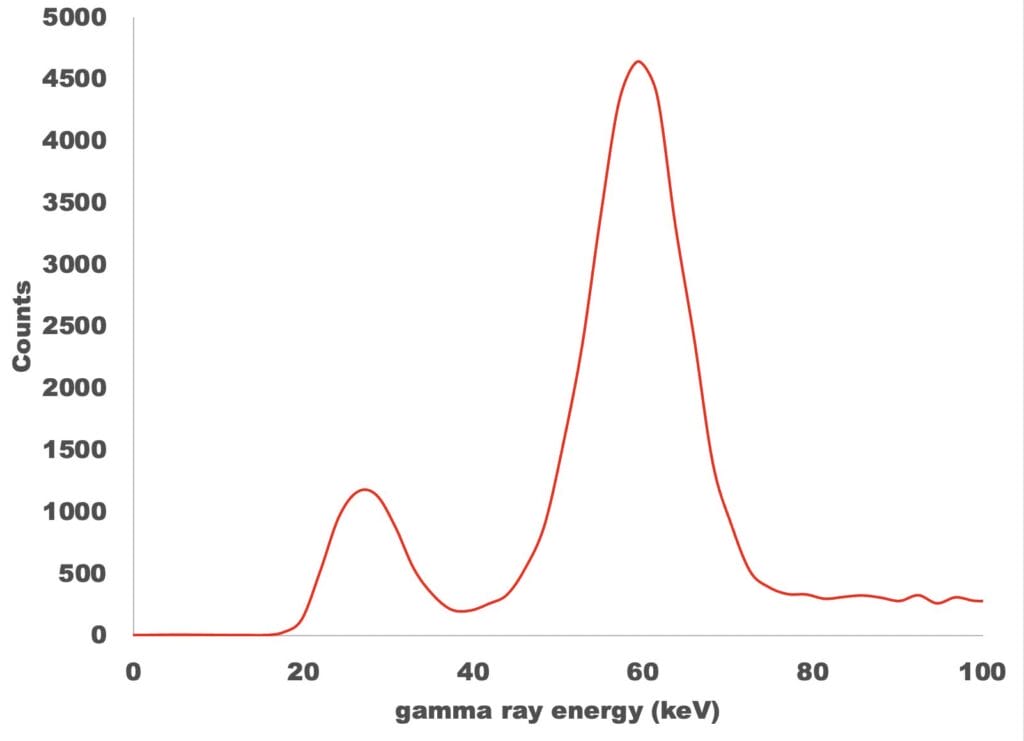The LPPFusion research team has now completed ordering the new beryllium anodes we need to replace the one that cracked in November. We’ve redesigned them to avoid the stresses that caused the cracking and are confident that these new ones will last a long time. However, we did order two to make sure we have a spare on hand. The two anodes are of two different lengths, so that we will be sure to have an optimized one on hand to restart experiments with beryllium by April.
Research Scientist Syed Hassan also ordered some additional vacuum chamber parts we will need for an intermediate set of experiments we’ll perform in March with our old tungsten electrodes. These experiments will involve tests of both longer and shorter anodes with the new, perfected switches. We showed last year that the new switches increased current by 50% and so produce different conditions with the same electrodes. While the tungsten electrodes suffer from far greater impurity production that the beryllium ones, the comparison of the anode lengths will give us a lot of clues as to the best length to start with in the beryllium experiments.
We need new vacuum parts because we wanted to keep the vacuum chambers used for beryllium and tungsten separate. This allows us to assemble and disassemble the tungsten set-up without worrying about beryllium dust, and it allows us to carry out the beryllium experiment without worrying about impurities from tungsten. But this decision did require that we get some new vacuum chamber parts. Fortunately, Dr. Hassan figured out how to obtain these parts without ordering any custom ones, which take longer and are more expensive than off-the shelf parts. As a result, we’re confident that we’ll be able to start the tungsten tests in March.
We also continued to prepare for our long-anticipated hydrogen-born(pB11) experiments. As we’ve reported, the alpha particles (helium nuclei) produced by the main pB11 reaction don’t escape from the vacuum chamber so can’t be measured directly in small numbers. However, side reactions produce neutrons and radioactive by produces like carbon-11(C-11), which can be detected outside the chamber. These can give indirect, but reliable measure of how many fusion reactions are taking place. To detect the C-11, which emits gamma rays when it decayed, LPPFusion has acquired an economical gamma-ray spectrometer. This detects the energies of the gamma rays, which are characteristic of each radioactive isotope.
In January we tested the sensitivity of the spectrometer on a smoke-detector, which uses a tiny amount of Americium-241. The spectrometer easily detected the radioactivity, producing the spectrum below, with peaks at Americium-241’s energy levels of 26 and 59 keV. The sensitivity of the spectrometer is at least 5 times better than that of our Geiger counter, allowing us to accurately measure the initial pB11 reactions.

A gamma ray spectrum from our new spectrometer shows the correct peaks for the Americium-241 in a smoke detector.
